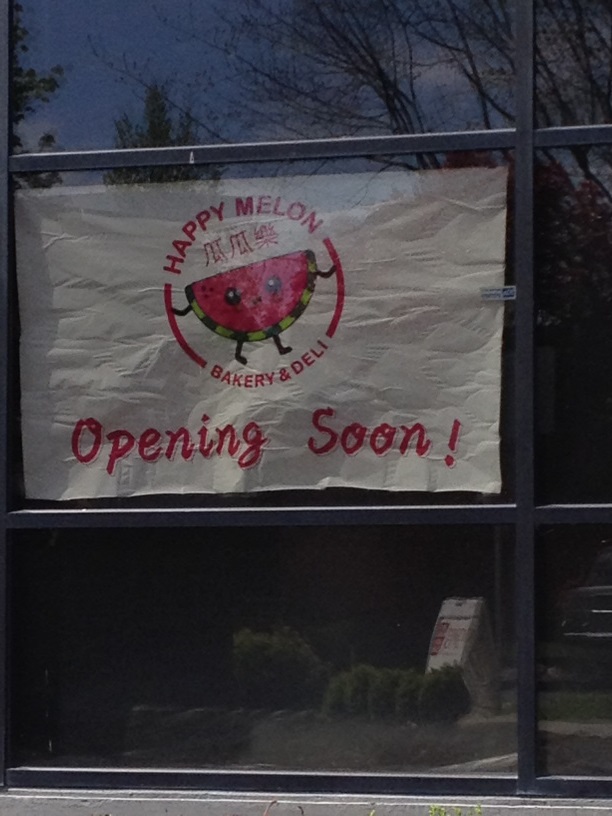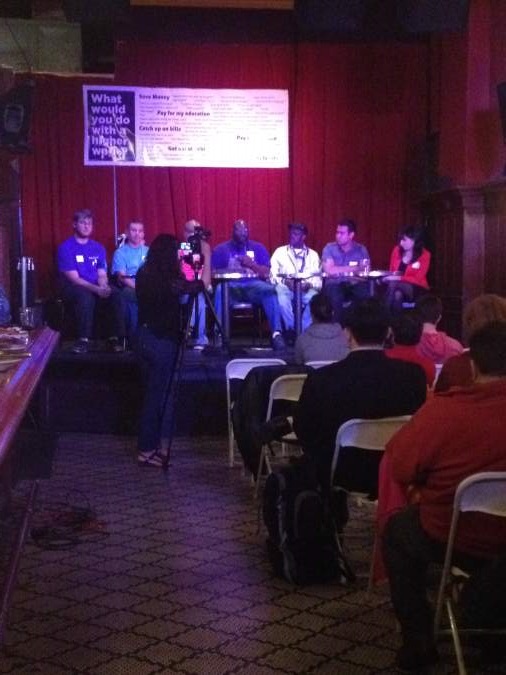At the height of the grape boycott, launched in 1965 to draw attention to the plight of California farm workers, more than 17 million Americans refused to purchase table grapes. Serving or selling grapes was widely considered so morally reprehensible that priests and nuns stormed grape-stocking supermarkets, taking groceries as “reparations” for noncompliance with the boycott’s terms.
“There was a time when the majority of American consumers had grapes in the back of their minds as a political issue,” says Lawrence Glickman, chair of the University of South Carolina history department and author of Buying Power: A History of Consumer Activism in America. “It definitely had a very large impact.”
Shoppers haven’t given up on boycotts: According to Glickman, there are at least 400 active boycotts nationwide. But many food activists have lately been pushing “buycotts,” campaigns to promote alternate buying practices instead of austerity.
At Seattle meetings last month, sustainable-seafood advocates stressed the importance of eating domestic farmed shellfish, and child-slavery foes embraced a plan to purchase fair-trade gelt for Hanukkah as a way of protesting labor abuses in the conventional chocolate industry. “People don’t like being told they can’t do something,” a participant at the latter meeting reasoned.
Although the coinage “buycott” may be relatively recent, Glickman says the strategy has a centuries-long history. In the years before the Civil War, Northern abolitionists opened “free-produce” stores, which specialized in non-slave-made sugar and other edibles. The concept was ridiculed by some abolitionists, who argued it was impossible to produce ethically defensible goods in an economy reliant on slavery. Other shoppers voiced more practical concerns: “They thought the free-produce candy tasted bad,” Glickman says.
Providing a satisfactory alternative has always been the biggest problem for buycotters, Glickman says. When early civil-rights fighters tried to lure commuters from segregated streetcars to grass-roots horse-and-buggy systems, “people couldn’t get to work.”
“They were remarkably energetic and diligent, but they were no substitute for a streetcar run by a city,” he says.
According to Glickman, buycotts have not been as successful as boycotts, but there are instances in which food buycotts have swayed producers. The public-relations drive for dolphin-safe tuna, for example, succeeded without obliterating the nation’s tuna-fish-sandwich tradition. “That made it into ‘Lethal Weapon,’ ” Glickman says. “It was certainly talked about, and it affected policy.”
While boycotts tend to be more effective than buycotts, few have achieved the success of the grape strike. A 2009 boycott of Whole Foods, proposed in response to CEO John Mackey’s opposition to Barack Obama’s health-care plan, petered out after attracting tens of thousands of Facebook friends. Glickman thinks that effort may have suffered from a disconnect between Mackey’s politics and jars of almond butter. “It requires quite a bit of vision, because you can’t see it at the supermarket checkout counter,” Glickman says. Grapes didn’t require the same conceptual leap, and benefited from a less-disparate media environment than activists now face.
“What’s really hard to do is enter the mainstream and cross demographic lines in our current media environment,” Glickman says. “It kind of requires a perfect storm.”
Still, Glickman is confident that there will be another major consumer boycott in the next year, although he declined to guess which product it might target. Boycotting, which requires only that adherents don’t buy something, seems custom-made for recessionary times.
“It’s one of Americans’ favorite forms of political participation,” Glickman says.








